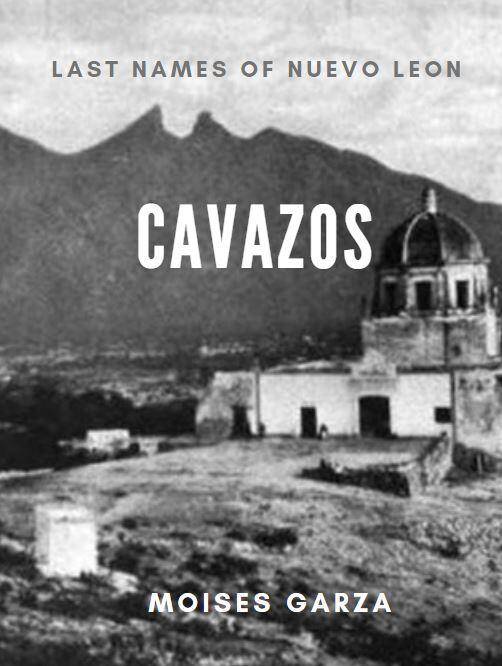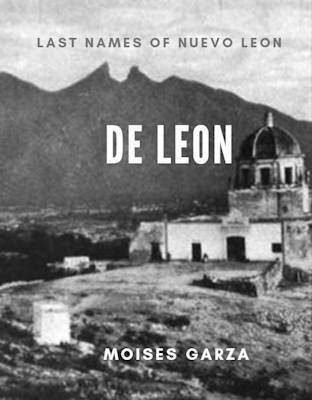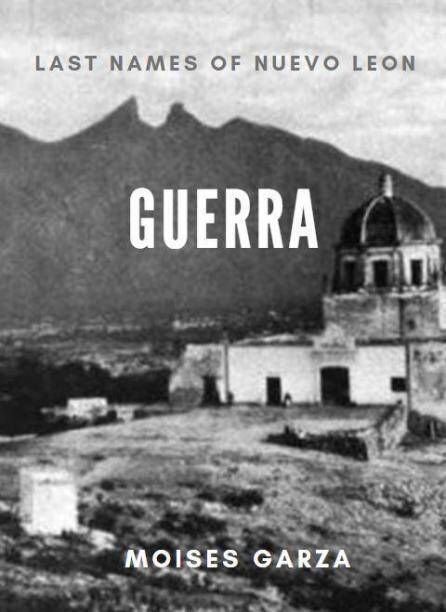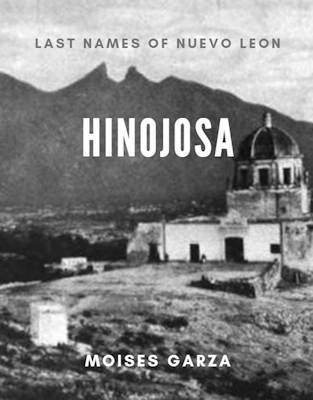I have often heard of the Violence that used to be rampant in the border back in the middle 1800’s. I also hear stories from our readers about atrocities that were done against their ancestors. Unfortunately many of those stories have been passed down orally and many records don’t exist to prove those stories since they where never documented. How could they have been documented since those in charge of protecting them were the ones doing those atrocities. The story bellow was sent to me by John Ramirez whom in turn received it from a friend of his, whose name I do not recall. I know John won’t mind me sharing it with you since it is in the public domain.
The following story is about the murder of Juan Chapa Guerra and it can be found in the Reports of the committee of investigation sent in 1873 by the Mexican government to the frontier of Texas.
The Murder of Juan Chapa Guerra
One of the most infamous crimes ever committed on the frontier was the murder of Juan Chapa Guerra. a resident at Ranchito. In January of 1850, some goods were stolen from Charles Stillman, residing at Brownsville. He got together a force of Americans, with which he left the American side in search of the stolen goods. He arrived at the Palmito ranche, and ordered that all the people there should be tied up and whipped until they confessed who where the thieves. It appears that he made no discovery by this means. He was informed that Juan Chapa Guerra, a resident of Mexico, was the guilty party, he then sent his party to Ranchito, in Mexico, where the accused lived. They seized him and brought him into Texas, when Stillman told his party to do what they pleased with him, Chapa was whipped and then killed. It was afterwards found out that there had been a mistake in the name ; that the guilty party was not Juan Chapa Guerra, but one Juan Chapa Garcia. The judicial proceedings had at that time, disclosed the horrible details of the murder. Charles Stillman was a person of wealth, and who exercised a controlling influence in Brownsville. The relatives of the victim tried to find a lawyer, but none of those in the city would act for them against Stillman. Upon the solicitation of other persons, one consented privately to give advice. This simple proceeding is enough to show the condition of things on the Texas frontier. This murder was never punished. – Source: https://archive.org/stream/cu31924028800569/cu31924028800569_djvu.txt
The above story is just one of the few that got documented. Fortunately for us there where newspapers and other sources. The following book has put many of the victims names, location, and source of information into one index. Maybe your ancestor is listed there.
Forgotten Dead: Mob Violence against Mexicans in the United States, 1848-1928
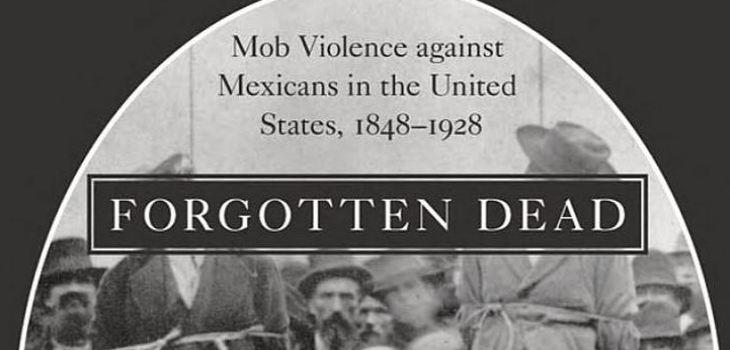
This book has documented many of the violence/murders that were done to Mexican and or any person of Mexican descent. It includes many from the RGV including the murder of Juan Chapa Guerra. Many are listed with names unknown.
Book Description form Amazon:
Mob violence in the United States is usually associated with the southern lynch mobs who terrorized African Americans during the Jim Crow era. In Forgotten Dead, William D. Carrigan and Clive Webb uncover a comparatively neglected chapter in the story of American racial violence, the lynching of persons of Mexican origin or descent. Over eight decades lynch mobs murdered hundreds of Mexicans, mostly in the American Southwest. Racial prejudice, a lack of respect for local courts, and economic competition all fueled the actions of the mob. Sometimes ordinary citizens committed these acts because of the alleged failure of the criminal justice system; other times the culprits were law enforcement officers themselves. Violence also occurred against the backdrop of continuing tensions along the border between the United States and Mexico aggravated by criminal raids, military escalation, and political revolution.
Based on Spanish and English archival documents from both sides of the border, Forgotten Dead explores through detailed case studies the characteristics and causes of mob violence against Mexicans across time and place. It also relates the numerous acts of resistance by Mexicans, including armed self-defense, crusading journalism, and lobbying by diplomats who pressured the United States to honor its rhetorical commitment to democracy. Finally, it contains the first-ever inventory of Mexican victims of mob violence in the United States. Carrigan and Webb assess how Mexican lynching victims came in the minds of many Americans to be the “forgotten dead” and provide a timely account of Latinos’ historical struggle for recognition of civil and human rights.
If interested in buying this book you can do so at Amazon.com. This book does not contain the stories but it is a great resource that lists the source of where you can find them.
I know this post is not genealogy related but this happened to many families in the Rio Grande Valley and Northeastern Mexican towns.


